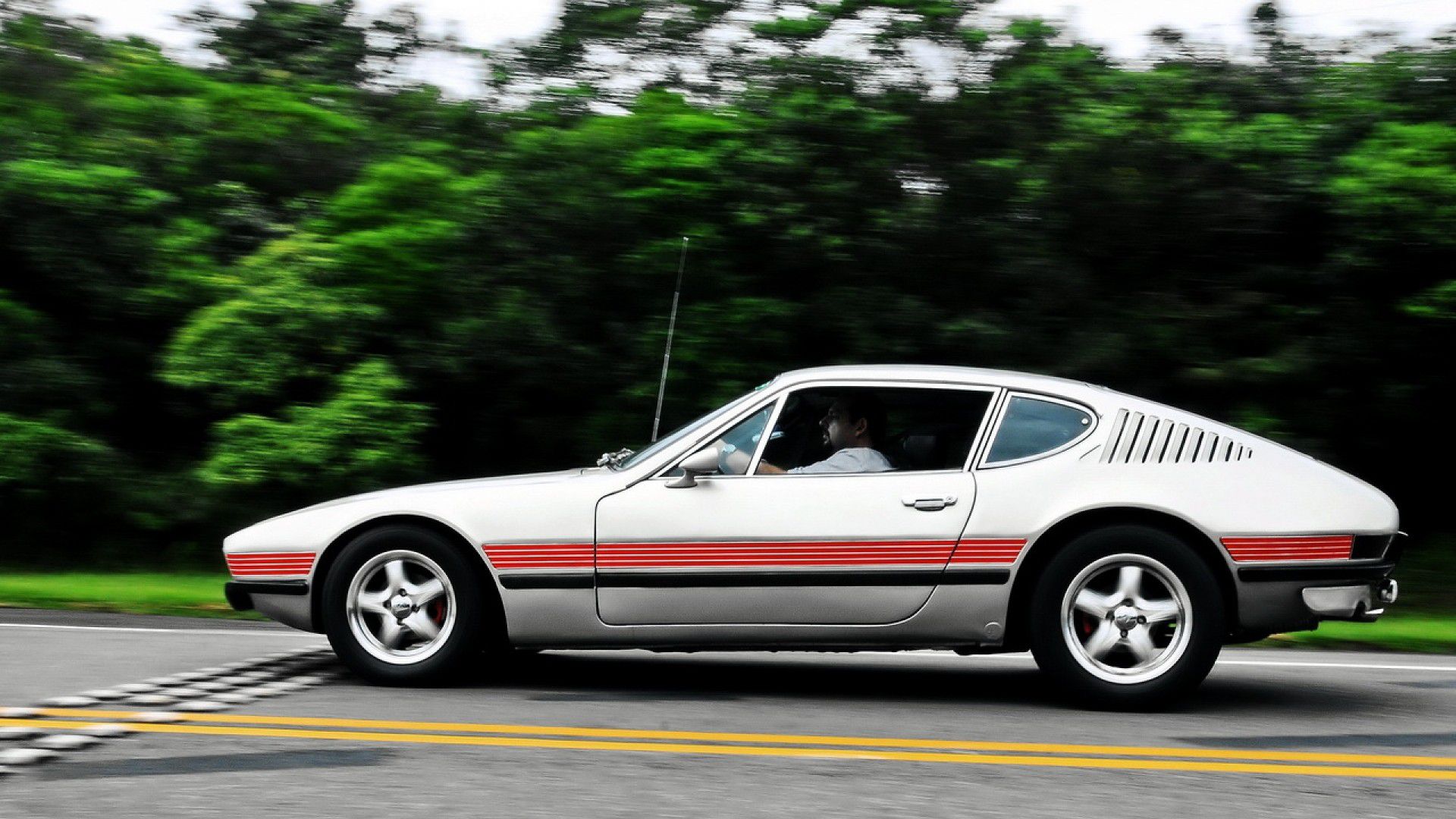Volkswagen SP2
The VW SP was mainly produced from 1972 to 1976 by the Brazilian Volkswagen offshoot for the local market sports coupe; the name of the vehicle was for São Paulo or, other sources indicate that, for special project or sports-prototype.
In the 1970s, was the Brazilian automobile market by extremely high import duties on motor vehicles for imports as good as closed. The only sports cars that were there were already outdated, such as the VW Karmann Ghia and its successor, the less successful Karmann Ghia TC. However, some independent Brazilian manufacturer occupied with some success this niche, such as Puma and Santa Matilde.
The Brazilian subsidiary of VW always enjoyed a relatively high degree of independence from the parent company. From 1968, Volkswagen do Brasil was led by Rudolf Leiding, the later VW Group boss. 1969 Project X was a team headed by the engineer Schiemann commissioned to develop a sporty vehicle under the working name. The result was the VW SP1 and SP2 of the copied first Volkswagen later at the German VW 412 Shark face had. The vehicles were on the German Industrial fair Hannover presented in March 1971.
The series-SP2-based on the platform of the VW 1600 Variant in Brazil, but had a 1700 cm3 enlarged four-cylinder boxer engine (flat cooler, as in Type 3). This made 65 (DIN) hp and gave the SP2 at an average fuel consumption of 10.5 l/100km at a top speed of 161km/h Needed the SP2 17.4 seconds for the sprint to 100km/hr. There was also the SP1 a weaker variant with a 54 (DIN)-hp 1.6-liter boxer engine and 149km/h Maximum speed, but soon set (only 162 pieces).
Both SP models plagued a certain lack of power; a contemporary joke according to which the SP was in the model name for Sem Potencia, Brazilian for “no power”. The SP was, despite its sleek shape, much slower than about the Puma, although in both cases very similar engines arrived for installation. However, the Puma was much easier because of its fiberglass body.
The SP had two luggage compartments; a 140-liter under the front hood and a 205-liter compartment in the rear, which was accessible through a big mouth. Despite many good properties of SP found too few takers. Therefore, in February 1976, the SP-production is complete. A total of 10,193 units were built, of which about 670 were in the export (not officially to Europe). A white one from 1973 can be seen in the Auto Museum Volkswagen in Wolfsburg. The SP2 cost in Brazil Cr $ 29,700 (then about 16,000 German Marks)
To remedy the lack of power of SP1 and SP2, the factory developed the prototype SP3. It was a SP2 with water-cooled 1.8-liter inline four-cylinder, a compression ratio of 8.5:1, twin carburettor and an output of 100hp SAE; the machine came from the Brazilian version of the VW Passat TS.
At the plant, the project did not make it past an early stage of development, but a prototype was put to the wheels with the large Volkswagen dealer Dacon. From SP2 was different this externally by the size 6Jx13 wheels (from the Passat), the air intakes differed discrete slots on the rear side windows and the front bumper sat a wide black grille. The engine was in the rear, the engine compartment was also the compressor for the Air conditioning. In the front, on the other hand sat the water cooler. Inside, leather-trimmed seats Porsche found (Dacon was up to the import ban also Porsche dealers have been). Transmission, suspension and brakes (front discs, rear drums) corresponded to SP2, but the parts of the higher power have been adapted and strengthened. The prototype reached a top speed of 180km/h
The plant decided for cost reasons not to let the SP3 go into series and finished the project. Then Dacon offered the conversion to SP3 on their own, held due to the extremely high price, the demand but within very narrow limits.
11210017.4
